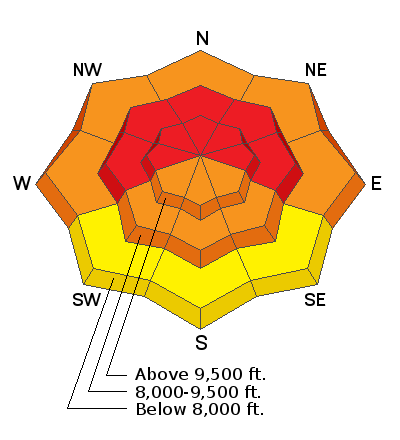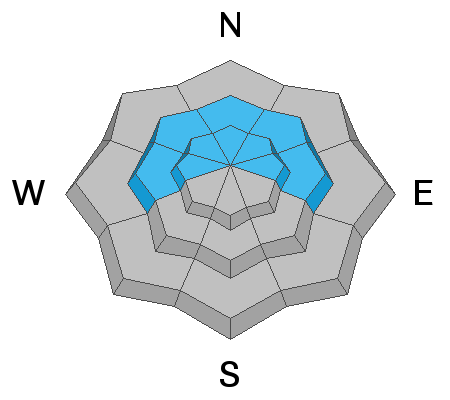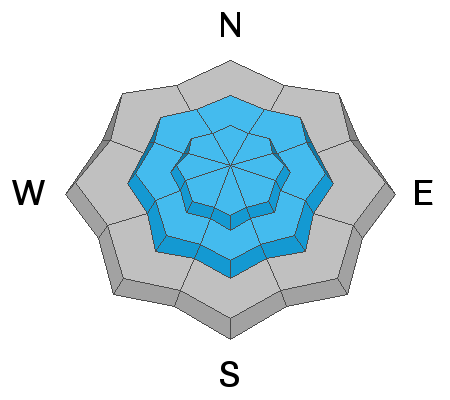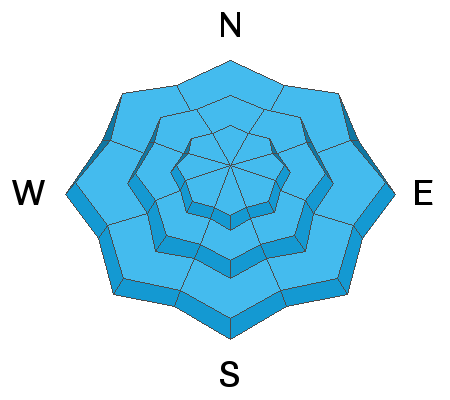Avalanche Warning
What
HEAVY DENSE SNOW ALONG WITH STRONG WINDS AND RAIN-ON-SNOW AT LOW ELEVATIONS HAS CREATED DANGEROUS AVALANCHE CONDITIONS AND A HIGH AVALANCHE DANGER.
When
IN EFFECT FROM 6 AM MST THIS MORNING TO 6 AM MST FRIDAY
Where
ALL THE MOUNTAINS OF NORTHERN AND CENTRAL UTAH, INCLUDING THE BEAR RIVER AND WASATCH RANGE, AND THE WESTERN UINTAS.
Impacts
NATURAL AND HUMAN-TRIGGERED AVALANCHES WILL BE LIKELY ON MANY ASPECTS AND ELEVATIONS.
Skies are overcast, if not obscured altogether as we see the last bit of snowfall through the morning hours. The Central Wasatch mountains picked up an additional 2-4" (0.5-0.7"Snow-Water-Equivalent) overnight. Storm totals are below.
LCC: 17"/3.12" SWE
BCC: 16"/2.40" SWE
Park City areas: 14"/2.02" SWE
Ogden areas: 19"/2.93" SWE
Provo areas: 12"/2.99" SWE
Unfortunately, the rain/snow line reached 7000' yesterday. (There were some reports of a rain/drizzle crust up to 8000'.)
Overnight gusts from the west exceeded 100mph at the 11,000' level and winds remain moderate to strong even at the mid-elevations.
Temperatures continue to warm into the upper 20s and low 30s.
For today, we may squeeze another few inches of heavy dense snow out of the last vestiges of the storm before high pressure builds in - albeit briefly - from the west. Mountain temperature will be in the upper 20s to low 30s. Winds will be moderate from the west. Mountain temperatures will continue to warm into the mid to upper 30s on Friday. Look for some clearing tonight and tomorrow ahead of another storm Friday evening into Saturday. This will usher in another few inches of snow and cooler temps.
Ski area avalanche teams reported widespread sensitive new snow and wind slab avalanches roughly 1-2' deep at the mid and upper elevations. Backcountry observers reported much the same.
View all the recent avalanche activity
HERE.
On Monday, Nikki and her partners went out and looked at the remotely triggered avalanche on Little Water Peak. This avalanche failed deeply on a layer of facets above a crust, and then stepped down to the ground in many places. The crown depth at one of it's deepest points was close to 12', while the average depth was closer to 4'. I would not be surprised to hear about more of these that occurred yesterday, overnight and possibly today.








